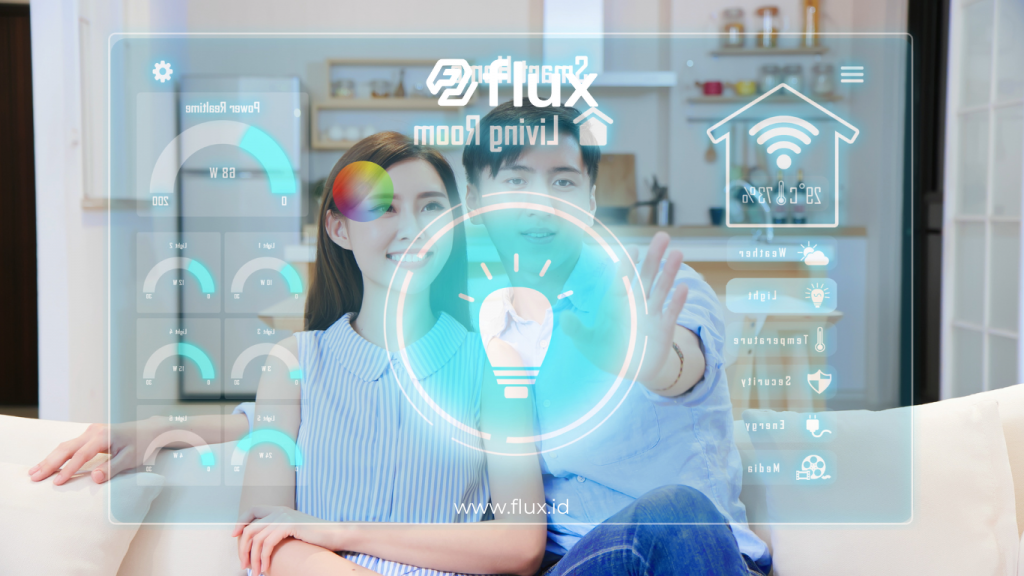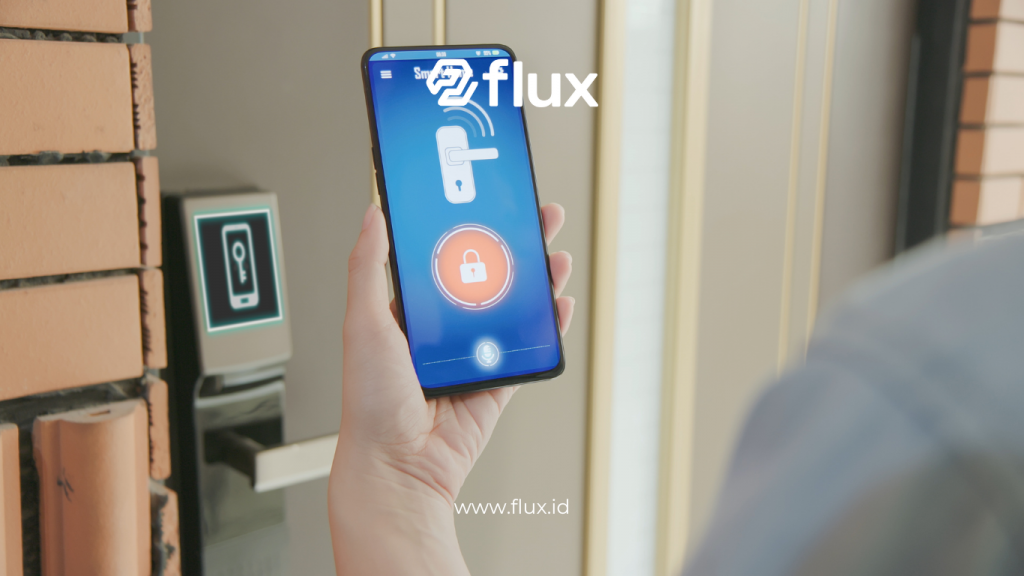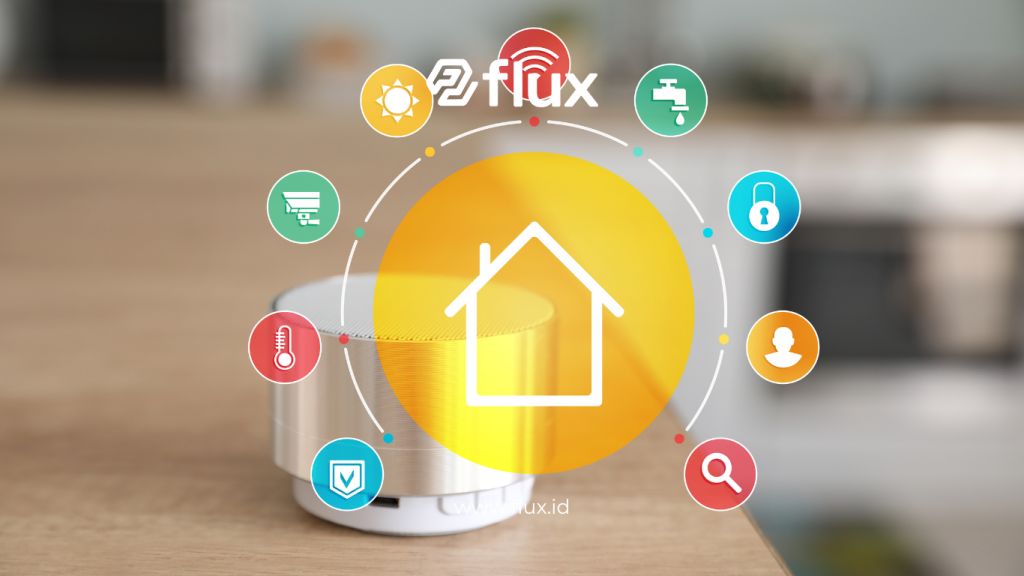Don't miss our holiday offer - 20% OFF!
The Internet of Things (IoT) has reached every aspect of our lives, including smart homes. The application of IoT technology in smart homes not only enhances comfort but also improves security, energy efficiency, and time management. This article will explore how IoT is transforming our living spaces, the technologies involved, and the key benefits.
Contents
1. What Is IoT and How Does It Apply to Smart Homes?

Read More: Optimizing Smart Homes with Motion Sensor (PIR): Technology, Function, and Benefits
IoT, or the Internet of Things, is a network of devices connected through the internet to share data and perform automated tasks. In the context of smart homes, IoT allows various devices such as lights, door locks, thermostats, and security systems to connect and operate automatically or be controlled via smartphones or voice assistants.
IoT Technologies in Smart Homes
The application of IoT in smart homes involves several key technologies such as:
- Sensors: Detecting conditions like temperature, humidity, light, and motion.
- Actuators: Controlling home devices, such as turning lights on or off, unlocking doors, or adjusting the thermostat.
- Internet Connection: Enabling communication between devices and homeowners.
- Control Platforms: Applications or voice assistants that manage the entire system from a single interface.
2. Benefits of IoT Application in Smart Homes

Read More: Comfort and Security with Smart Living Technology
a. Enhancing Comfort
One of the main goals of smart homes is to improve the comfort of their occupants. IoT enables the automation of home devices, such as:
- Automated lighting systems: Lights turn on when someone enters the room and turn off when the room is empty.
- Smart temperature control: Smart thermostats learn from user habits and automatically adjust room temperatures for maximum comfort.
- Virtual home assistants: Users can control home devices with voice commands, such as setting timers, controlling music, or ordering household items.
b. Increasing Home Security
Security is a crucial aspect of smart homes. IoT offers more sophisticated and responsive security systems, including:
- Surveillance cameras: Cameras can be monitored in real-time via smartphones. If suspicious activity is detected, notifications are sent directly to the homeowner.
- Smart locks: Locks that can be controlled remotely or via fingerprints, providing more safety and convenience.
- Motion sensors and alarms: These systems can detect suspicious movements around the home, triggering alarms to alert the occupants.
c. Energy Efficiency
IoT also helps save energy effectively, including:
- Automated lighting systems: Lights turn off automatically when the room is not in use.
- Smart temperature control: Reduces the use of air conditioning or heating when unnecessary.
- Energy-efficient devices: Real-time monitoring of energy consumption allows users to minimize electricity usage on high-energy-consuming appliances.
d. Easier Home Management
IoT makes managing homes simpler and more practical. Users can control various smart home devices through a single smartphone app. Even remotely, homeowners can:
- Lock or unlock doors
- Turn lights on or off
- Monitor home conditions in real-time
3. Key Technologies in IoT-Based Smart Homes

Read More: The Application of PIR (Passive Infrared Sensors) in Automation Systems: Benefits and Examples
The application of IoT in smart homes relies on several critical technologies. Here are some of the most important:
a. Sensors
Sensors are vital components in smart home systems. Commonly used sensors include:
- Motion sensors: Detect movement in the home area, activating lights, or triggering security alerts.
- Temperature sensors: Measure room temperature and adjust the thermostat accordingly.
- Air quality sensors: Detect air quality inside the home and improve ventilation.
b. Wireless Connectivity
Connectivity is the backbone of IoT-based smart homes. Commonly used technologies include:
- Wi-Fi: Connects devices to the internet and allows for remote control.
- Bluetooth: Used for short-range communication between devices.
- Zigbee and Z-Wave: Protocols specifically designed for IoT device connections in smart homes.
c. Integration Platforms
Integration platforms act as control hubs, allowing all smart home devices to work seamlessly together. Popular platforms include:
- Amazon Alexa: A voice assistant that controls smart devices through voice commands.
- Google Assistant: Provides similar functions to Alexa but is integrated with Google services.
- Apple HomeKit: A system that connects compatible smart home devices within the Apple ecosystem.
4. Challenges in Implementing IoT in Smart Homes

Read More: Security and Privacy in Connected Parking Systems: Challenges and Solutions
While smart homes with IoT offer many benefits, their implementation comes with challenges, including:
a. Data Security
IoT devices are often vulnerable to hacking. It is crucial to implement security measures, such as data encryption and two-factor authentication.
b. Device Interoperability
Not all IoT devices can connect, especially if they use different protocols or platforms. Choosing devices that follow the same standards is one solution.
c. High Initial Costs
The cost of purchasing smart devices and installing them can be a barrier for some people. However, as technology advances, IoT devices tend to become more affordable.
5. The Future of IoT-Based Smart Homes

As technology rapidly evolves, IoT-based smart homes will become even more advanced in the future. Some predicted developments include:
- Wider use of AI: The integration of artificial intelligence (AI) will make smart homes more adaptive and responsive to occupants’ needs.
- More complete automation: Homes will become more self-sufficient in performing daily tasks like cleaning or managing inventory.
- Increased energy efficiency: Smart homes will continue to improve energy efficiency, with systems that learn and adapt to reduce energy consumption optimally.
Conclusion
The application of IoT in smart homes offers numerous benefits, from enhancing comfort and security to improving energy efficiency. This technology enables homeowners to manage their devices more easily and securely. However, challenges such as data security and high initial costs need to be addressed. With ongoing technological developments, the future of IoT-based smart homes promises a more optimized and connected living experience.





